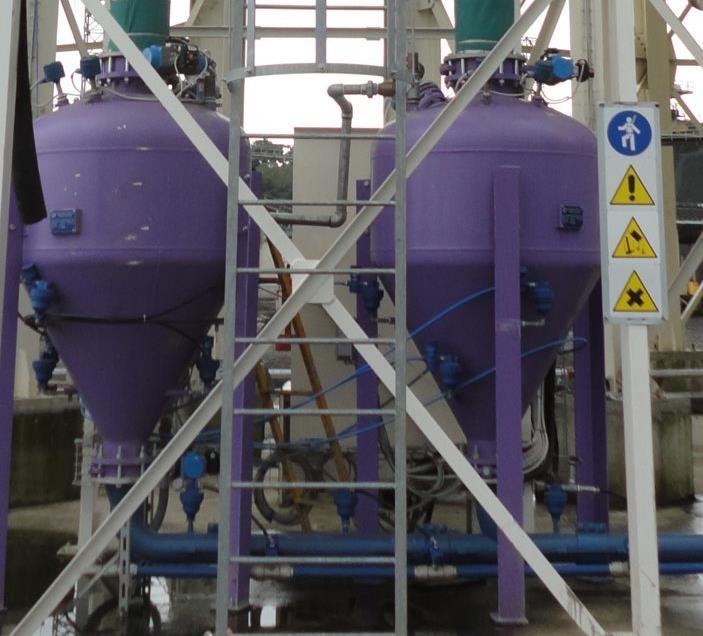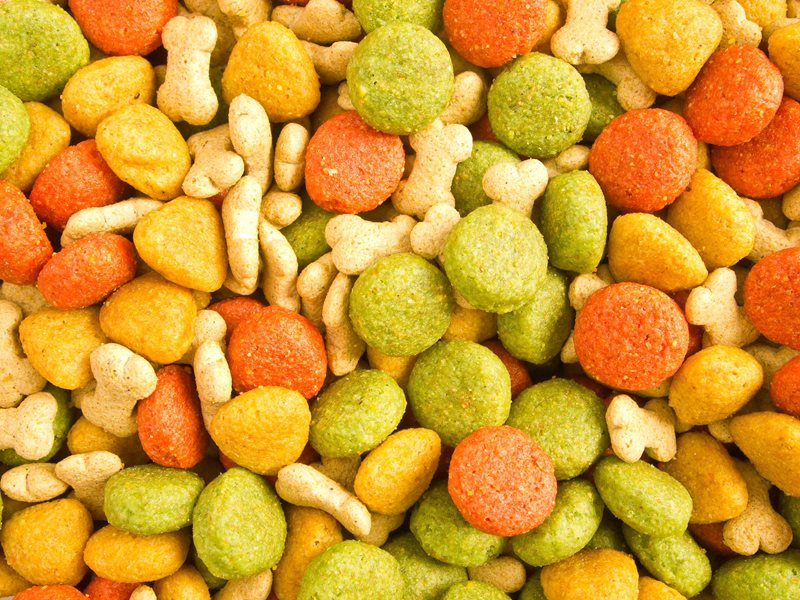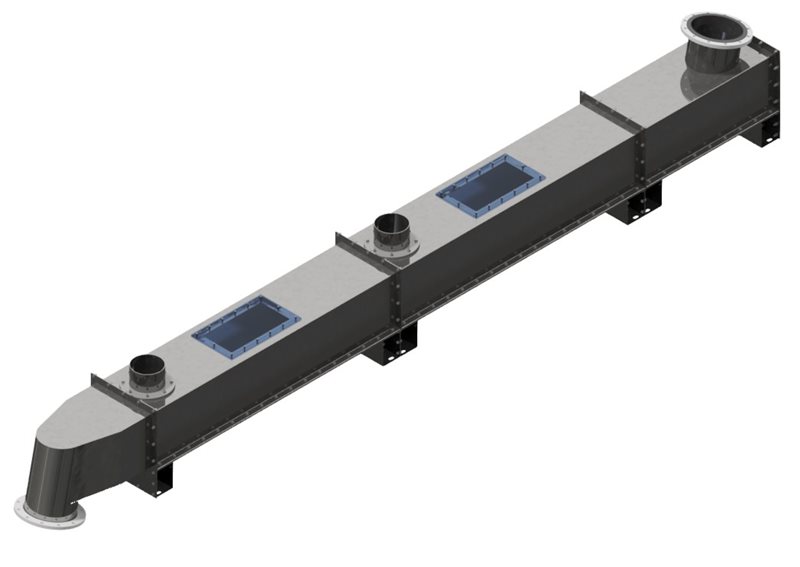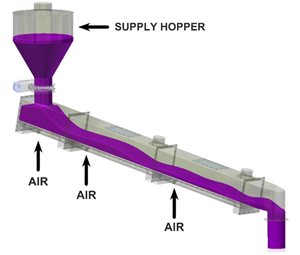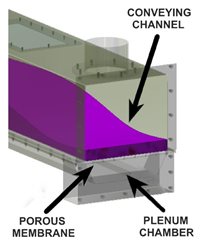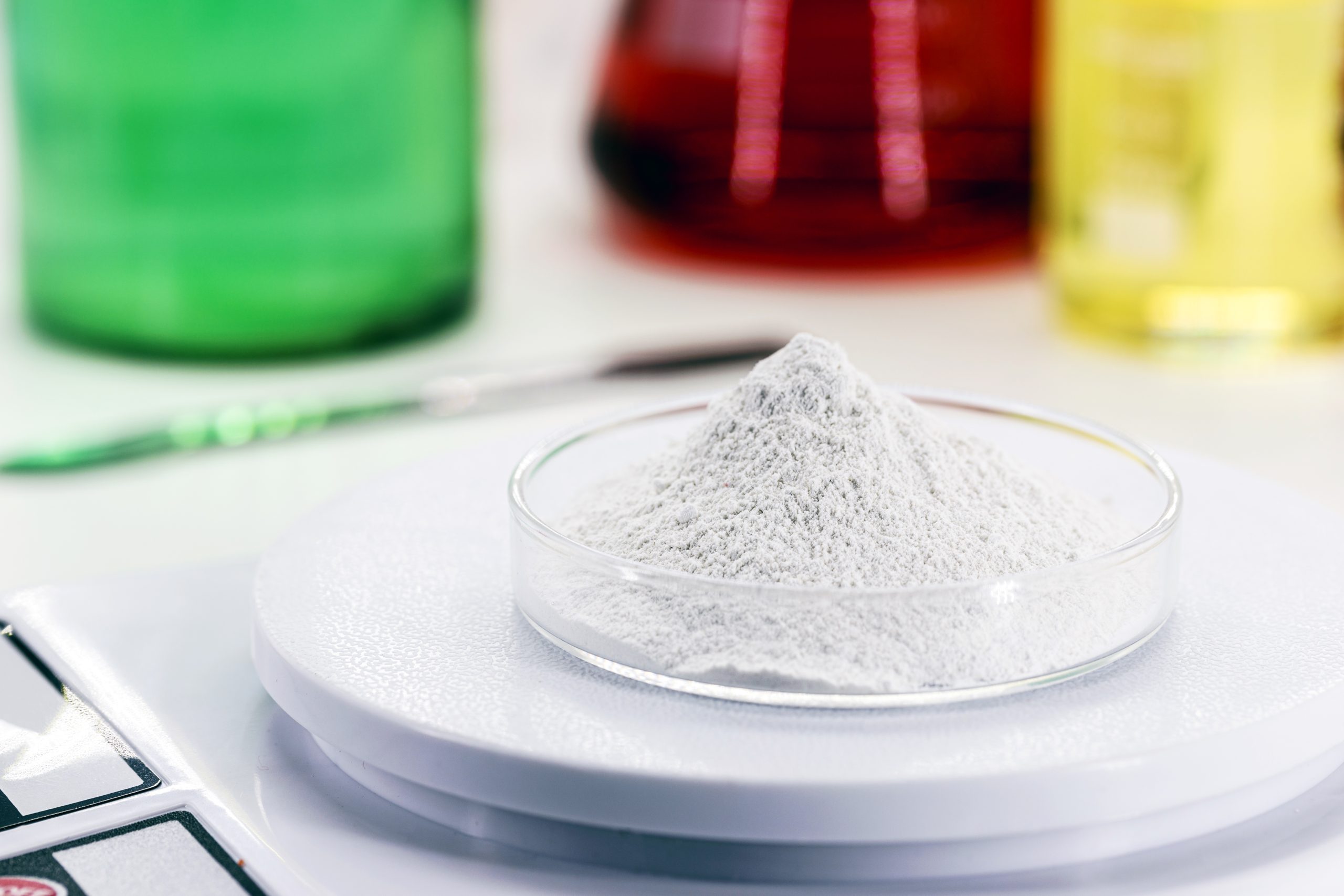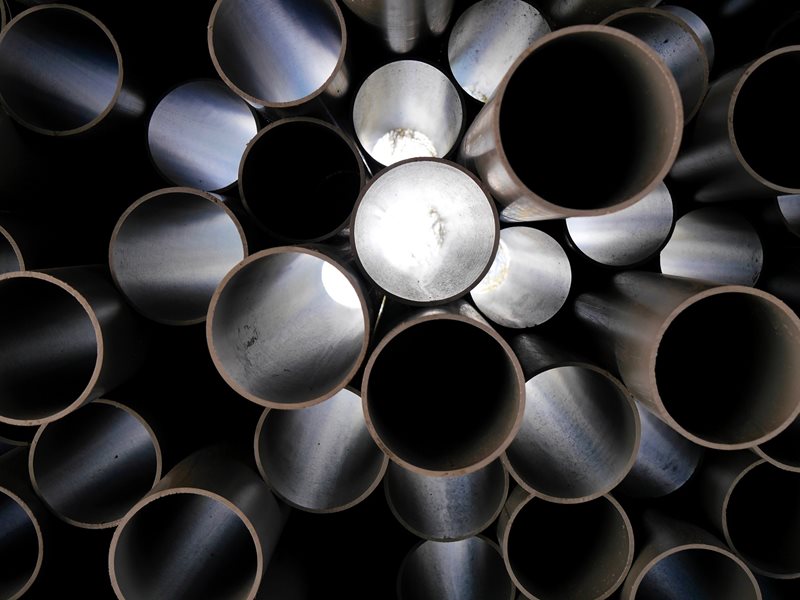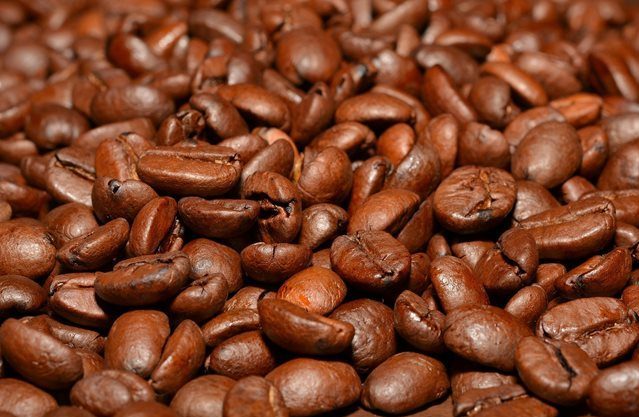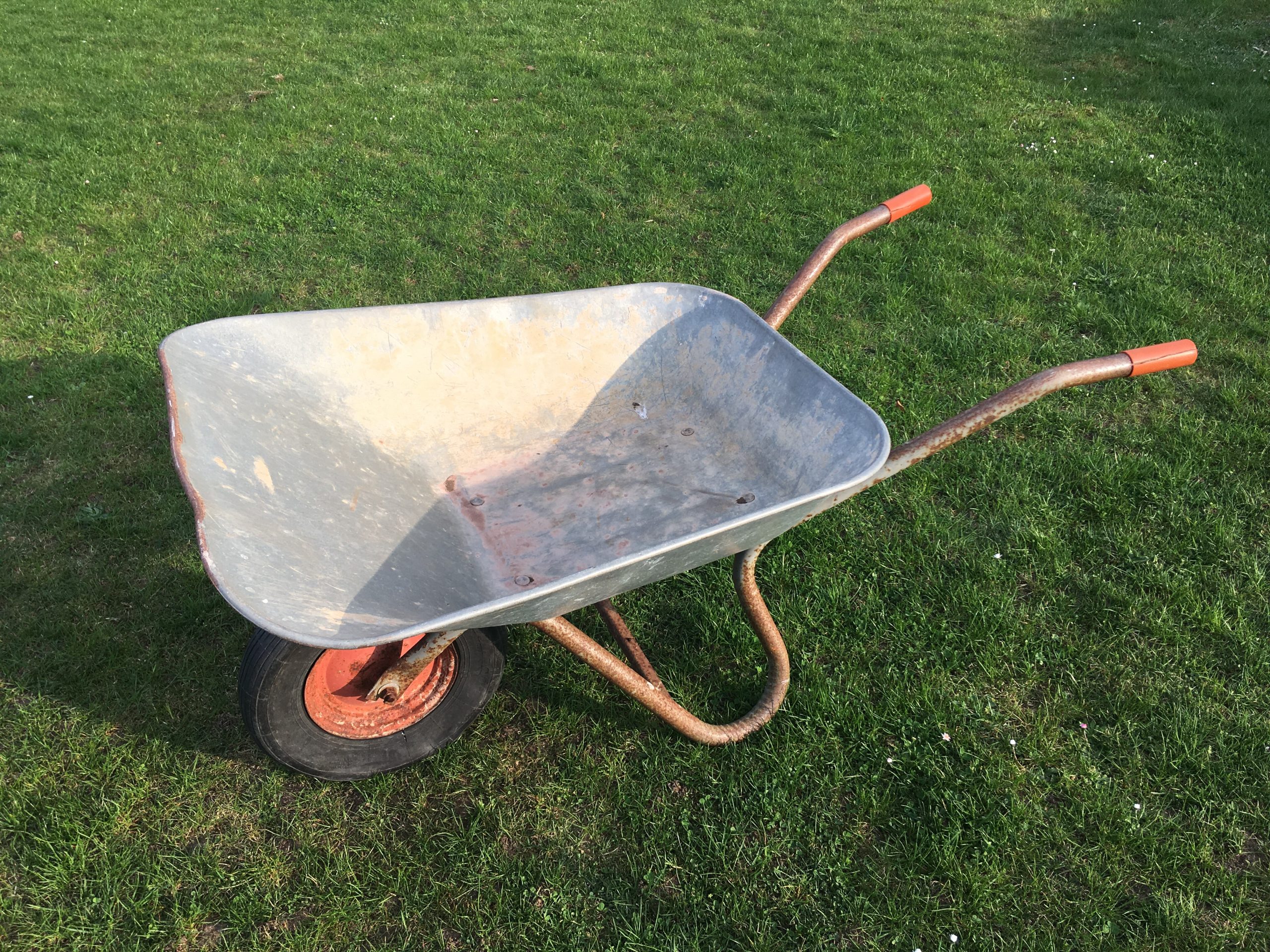
Bulk Materials Handling Systems: once there where the wheelbarrows, but how do they work now?
How bulk materials handling technology has evolved over the years
From the earliest times, bulk materials handling systems have had multiple applications. Typically, raw materials are moved from the receiving area to the storage area and then conveyed to the process area. From here they can then be transported to the packaging area.
Modern bulk materials handling solutions
Nowadays, to handle bulk materials, you can choose among a wide range of solutions: from mechanical conveying systems (including elevator, belt and screw conveyors) to pneumatic conveying systems in dense or dilute phase. When selecting the appropriate type of conveying system, the decision must be made after a careful evaluation of the material characteristics, plant layout and flow rate.
How bulk materials handling solutions work
Let’s take an example.
Abrasive materials handling (e.g., ashes) causes considerable wear in a conveying system. A mechanical transport system is particularly unsuitable in such cases, as they would require continuous maintenance and replacements of components. Moreover, using these systems the dispersion of volatile substances in the working environment is inevitable, and most inconvenient.
Also, contamination with air makes mechanical systems unsuitable for the handling of food, chemical and pharmaceutical bulk materials. Another limitation of these kind of conveyors is the high probability of product breakage which, in the case of fragile materials, has a considerable impact.
Benefits of pneumatic bulk materials handling
Contrary to mechanical conveying systems, pneumatic conveying technology moves the product inside a closed pipe, which greatly reduces the possibility of material loss and air contamination. The length of the line can reach even several hundred meters, with capacities that can reach up to 100 tons per hour and more. In particular, a dense phase system conveys the material at a slower speed. The amount of friction on the system’s walls is considerably lower and thus prevents line wear.
In case of complex plants layouts, with vertical and curved sections, pneumatic conveyors are the best choice due to their flexibility as opposed to the bulkier and more rigid mechanical conveyors.
Therefore, if you need to transport high flow rates on long and difficult routes – as often happens for example in cement and in general in the building industry – pneumatic transport is the right choice.
In short, it seems clear that, compared to older and outdated systems for moving materials that relied solely on human strength, today we can choose durable solutions for handling bulk materials that offer more significant benefits.
Benefits of dense phase pneumatic conveying
Conveying speed and product-to-air ratio are the two variables that most distinguish dense phase conveyors from dilute phase conveyors. The air or gas flow accelerates the material at a given speed, the particles come into contact with the walls of the pipeline, change direction in the bends and then fall back to their original state of rest only at the destination. In general, the percentage of material breakage is proportional to the average material velocity in the conveying line.
In a dense phase conveying system, the material is slowed to a lower point than in dilute phase systems so as to avoid breakages and damages, that would have a major impact in the case of fragile products such as coffee, rice or glass.
Compared to a dilute phase system, a dense phase system typically requires a smaller amount of air to transport the same amount of product.
Do you want to know which technology is most suitable for your product?
We have prepared a guide to pneumatic systems for handling bulk materials.



